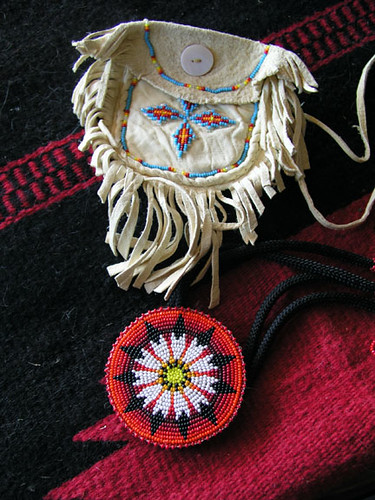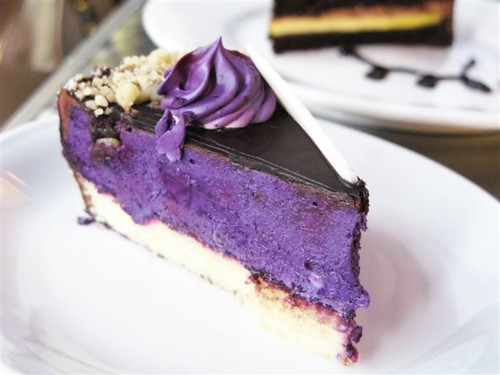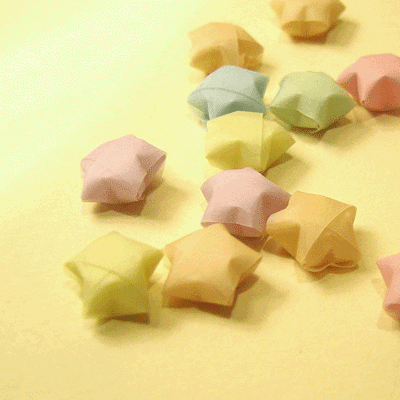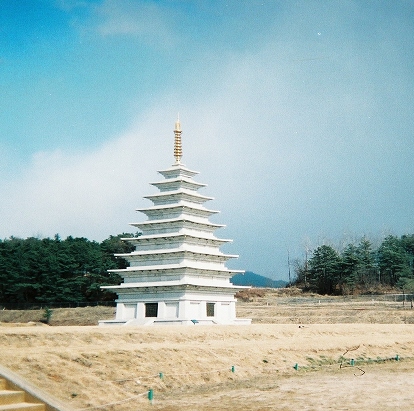
Science, Southeast Asia, Gay Stuff, Video Games, and Pop Culture all tied up in an occasionally German mess...
Sonntag, 24. Oktober 2010
I'm not dead

Just hella busy. I've been doing school relate stuff and haven't had the time or the will to update regularly. I've also started doing Native American beadworks.
Labels:
Anthropology,
Art History,
Native American,
Personal
Montag, 11. Oktober 2010
Balloons

I've been playing Pokémon Platinum. One of the pokémon is a ghost creature called Drifloon. It's supposed to be a balloon animal of some sort.
Balloons were originally made to be instruments of science, where one could research weather patterns. It's still used to some extant but it's being phased out due to more efficient methods. Balloons have since been used for transportation, decoration, entertainment and even medicine. There are now even balloon art, which is a form of non-permanent sculpture.
Balloons are made out of a number of materials ranging from rubber to polycholorprene. Balloons are popular with children, and is ubiquitous with celebrations. They do, however, pose many problems. Airborne balloons can easily become pollutants as the material they are made off are not easily degradable. They pose a danger to wildlife. For children, balloons are suitable only for a certain age range due to choking hazards.

Sonntag, 10. Oktober 2010
Ube macapuno cake

2 1/2 cups cake flour
3 teaspoons baking powder
1 teaspoon salt
1 cup ube (purple yam), cooked and finely grated
3/4 cup milk
1 teaspoon vanilla extract
1/2 cup corn syrup
7 egg yolks, lightly beaten
1/2 cup vegetable oil
7 egg whites
1 teaspoon cream of tartar
1 cup white sugar
6 drops red food color
6 drops blue food coloring
1 (12 ounce) jar macapuno (coconut preserves)
1 cup evaporated milk, chilled
3/4 cup white sugar
1 cup butter, softened
1 drop violet food coloring
3 teaspoons baking powder
1 teaspoon salt
1 cup ube (purple yam), cooked and finely grated
3/4 cup milk
1 teaspoon vanilla extract
1/2 cup corn syrup
7 egg yolks, lightly beaten
1/2 cup vegetable oil
7 egg whites
1 teaspoon cream of tartar
1 cup white sugar
6 drops red food color
6 drops blue food coloring
1 (12 ounce) jar macapuno (coconut preserves)
1 cup evaporated milk, chilled
3/4 cup white sugar
1 cup butter, softened
1 drop violet food coloring
Preheat oven to 325 degrees F (165 degrees C). Line bottoms of 3 - 9 inch pans with parchment paper, but do not grease. Mix together the flour, baking powder, and salt; set aside.
Place grated ube in a large bowl. Mix together 3/4 cup milk and 1 teaspoon vanilla; gradually blend into ube until smooth. Blend in corn syrup, egg yolks, and oil. Beat in flour mixture until smooth; set aside. In a large glass or metal mixing bowl, beat egg whites with cream of tartar until foamy. Gradually add sugar, then red and blue food coloring, continuing to beat until stiff peaks form. Fold 1/3 of the whites into the batter, then quickly fold in remaining whites until no streaks remain. Pour batter into prepared pans. Bake in the preheated oven for 30 to 35 minutes, or until the center of cake bounces back when lightly tapped. Invert pans on a wire rack and let cool upside down. When cool, run a knife around the edges to loosen cake from pans. Fill between layers with coconut preserves, then frost top and sides with butter icing.
To make Butter Icing: Combine evaporated milk and 3/4 cup sugar. set aside. Cream butter until light and fluffy; gradually add sugar mixture, and continue beating to desired spreading consistency. Add food color, one drop at a time until desired tint is achieved.
Mittwoch, 6. Oktober 2010
Montag, 4. Oktober 2010
Stars

You know, people make these look so easy. After all, it's just one strip of paper being folded repeatedly and then crushed in the end.
Whenever I make them, 2 out of 5 end up perfect looking while the rest look like a wad paper ball.
I thought about it, and these objects wouldn't survive the archaeological records. At least not here, where there is enough moisture to destroy them. If we were a culture without writing, our knowledge of how to make origami would have to be transmitted orally, and it would join the ranks of the so-called "folk art". (It's a loaded term because of the association of class.)
Now living in a technologically advance society, we can easily access information on how to make these little stars.
I use these as sentimental gifts. It's perfect for little decorative things. Of course, some times the paper can be expensive.
Archäologie

Sometimes it's easy to assume that a large tomb is a that of a king or a male ruler. Because of our current culture, we tend to associate the ruling class with men. It's all part of our blindness to the privileges we give to masculinity. However, through out history, men did not have the monopoly on power.
The Silla Kingdom of the Three Kingdoms period of Korea, was one of the countries vying for supremacy on the Korean peninsula. It's was largely thought that the tombs left behind by Silla was of male rulers. However one of the tomb has been argue to be a female co-ruler based on historical accounts as well as the images and goods left in the tombs.
The assumption that the tombs of the rulers were all male is an example of how our ideology can bias archaeology. We assumed that the Silla rulers were all men because we falsely correlated power with masculinity.
Sonntag, 3. Oktober 2010
Archäologie Lagen
Abonnieren
Posts (Atom)




